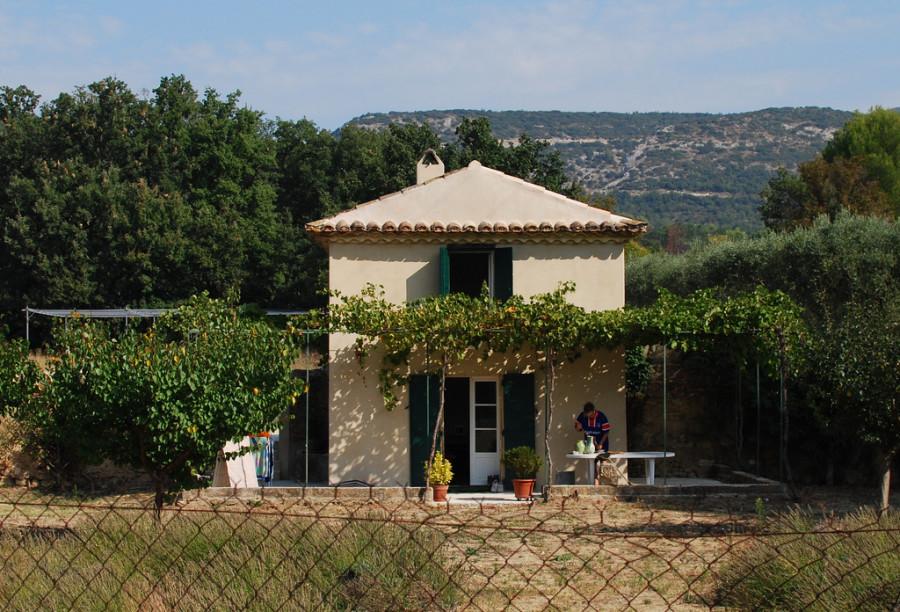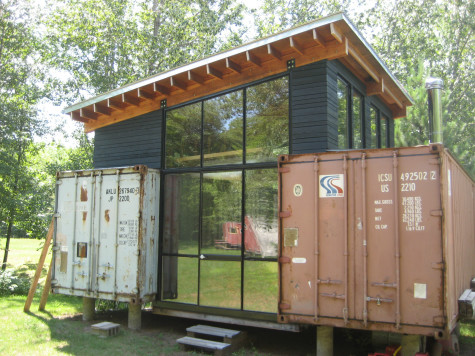It’s A Small Space After All
Micro-space living is a growing subculture around the world that focuses on economization and green living
March 12, 2015
Can a small family live in a space under 500 square feet? Most people hear that and think, no way. Well, it turns out that you can. Actually, you can fit a lot of things in 500 square feet if you think about it (that’s just under the size of a school bus).
This idea is the main pillar in an emerging culture of small-space living. Micro-apartments, teardrop campers, and transportable homes are all examples of this growing movement. It allows for comfortable, environmentally friendly and space-efficient living in any location.
In the fifth grade, I tried making my closet into a little bedroom. I stuffed a blanket and a pillow in there along with a few books, a flashlight, and my Nintendo Gameboy. I could comfortably stay in there for at least a day (probably much longer if I had power outlets and plumbing inside my closet). That was only a measly 50 square feet. However, living in there was impractical. But if that space was four times bigger, you could realistically live there for much, much longer.
There’s a multitude of people who have experimented with and successfully lived in small spaces with a family. If you look up this subculture on the internet, you’ll find hundreds of videos dedicated to the subject. The most notable examples of this are on a YouTube channel run by Kirsten Dirksen, who documents the lifestyles of people that live in small spaces. One video she has is of a three-person family living inside of what is essentially a portable home that is under 300 square feet. Another is of a person who’s fitted his 420 square foot apartment to feel like it’s over 1000 square feet; that same person had a dinner party with ten people one night, and they all had enough space to feel relaxed. Even one video is of a family of four spending an entire summer in a VW Camper. They traveled cross-country in this vehicle. To me, that’s amazing – to be free of mortgage, being able to go anywhere, and doing what you want to do.
A major component to this kind of living is all about organization. In order to be able to fit all your stuff in one place you need to have crazy good organizational skills. One person in Manhattan lives in a 90 square foot apartment by herself. She uses all sorts of organizational techniques to fit all her stuff within the apartment – that includes collapsible furniture, multi-functional appliances, and stackable furniture as well. Some people may say the space is claustrophobia-inducing, but the people who participate in this movement view it as cozy.
Another part of this culture is the ability to move your house easily by keeping it lightweight and compact. This kind of goes along with the whole living in your car idea, but it doesn’t have to be on that small of a scale. One architectural firm in Spain prefabricates small portable houses with the basic necessities built in. It’s designed to be small (under 90 square feet) and transportable without feeling cramped. It’s also affordable and eco-friendly because it’s a prefab home.
One notable example of easily transportable houses are shipping container homes, which are relatively light and made from recycled materials. There’s little modification needed to build these homes, and they’re also incredibly cheap and easy to set up. You just configure the containers to your liking, kind of like a large-scale Legos build.
A large part of this movement is all about reducing your possessions to what you need, living spaces included. Living simplistically gives people happiness and allows them to be eco-friendly. You don’t really need a big house to be successful or happy. In the words of George Carlin: “A house is just a place to keep your stuff while you go out and get more stuff.”
Why not just take all that stuff out of the equation?






